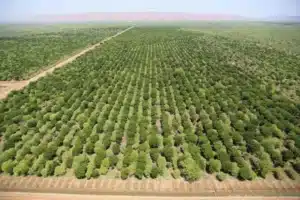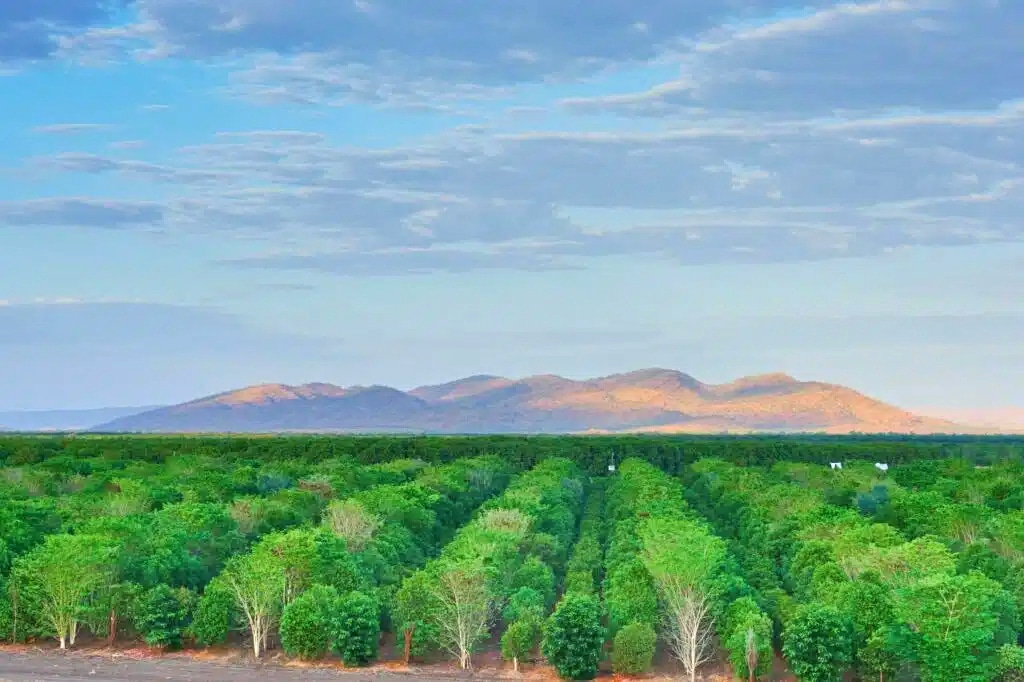Australia’s once-booming sandalwood industry is on life support, with the ABC reporting that Quintis and Santanol, the country’s two largest producers, are now up for sale, with cotton producers circling the assets.
Earlier this year, Qunitis, which managed the world’s largest Indian sandalwood plantation, entered receivership after two decades of working more than 4 million sandalwood trees in Queensland, the Northern Territory, and Western Australia – the second time it has entered administration in just six years.
In April, Quintis Australia and its subsidiaries Sandalwood Properties Limited and Quintis Leasing appointed FTI Consulting receivers. “The receivers urgently call for expressions of interest in the sale and/or recapitalisation of the business,” a spokesperson for FTI Consulting said in an earlier statement, with redundancies now totalling 96, or 61% of the workforce according to the ABC.
According to reports, FTI Consulting initially tried to sell Quintis as a whole package but could not receive a suitable offer. Instead, the ABC understands that it will sell off the assets individually.
At the same time, Quintis is in trouble; Santanol—owned by North American forest giant Mercer International—has now put its 2,500-hectare estate in Western Australia up for sale. One of its newest and most diverse acquisitions is Santanol, which operates the East Indian Sandalwood plantations in far northern WA.

According to Mercer International’s most recent report to investors, the company plans to exit sandalwood. “Efforts to sell the business have started, and a sale is expected to occur within the next 12 months.”
Frank Peacocke, a land valuer in Kimberley and the NT, said it is unprecedented to see this amount of sandalwood for sale at once.
“There’s a lot of country particularly left in the Ord and left in the Territory, and just how they’re going to manage the saleability of individual lots remains to be seen,” Mr Peacocke told ABC.
However, Mr Peacocke said he can’t imagine a world in which the sandalwood plantations are taken over and kept as forestry blocks.
“The sandalwood industry looks like it’s under a fair bit of stress, and the agents marking these blocks are saying the interest is coming from farmers wanting to crack at cotton.”
However, the transition from forestry land to cotton country takes time, and the number of jobs offered by the cotton industry won’t nearly rival that of forestry, according to long-time Wyndham East shire president David Menzel: “Per hectare, the jobs aren’t there in cotton; it’s a highly mechanised industry.”
But as more land is converted to cotton, he hopes the scale of the emerging industry will support the local economy in the future.
“The area will be massively more than the forestry industry. So there’ll be a dilution of people over more hectares, providing some opportunities for those workers who want to stay in the agriculture or farming game.”
- The article is published with extracts from several articles from the ABC.






